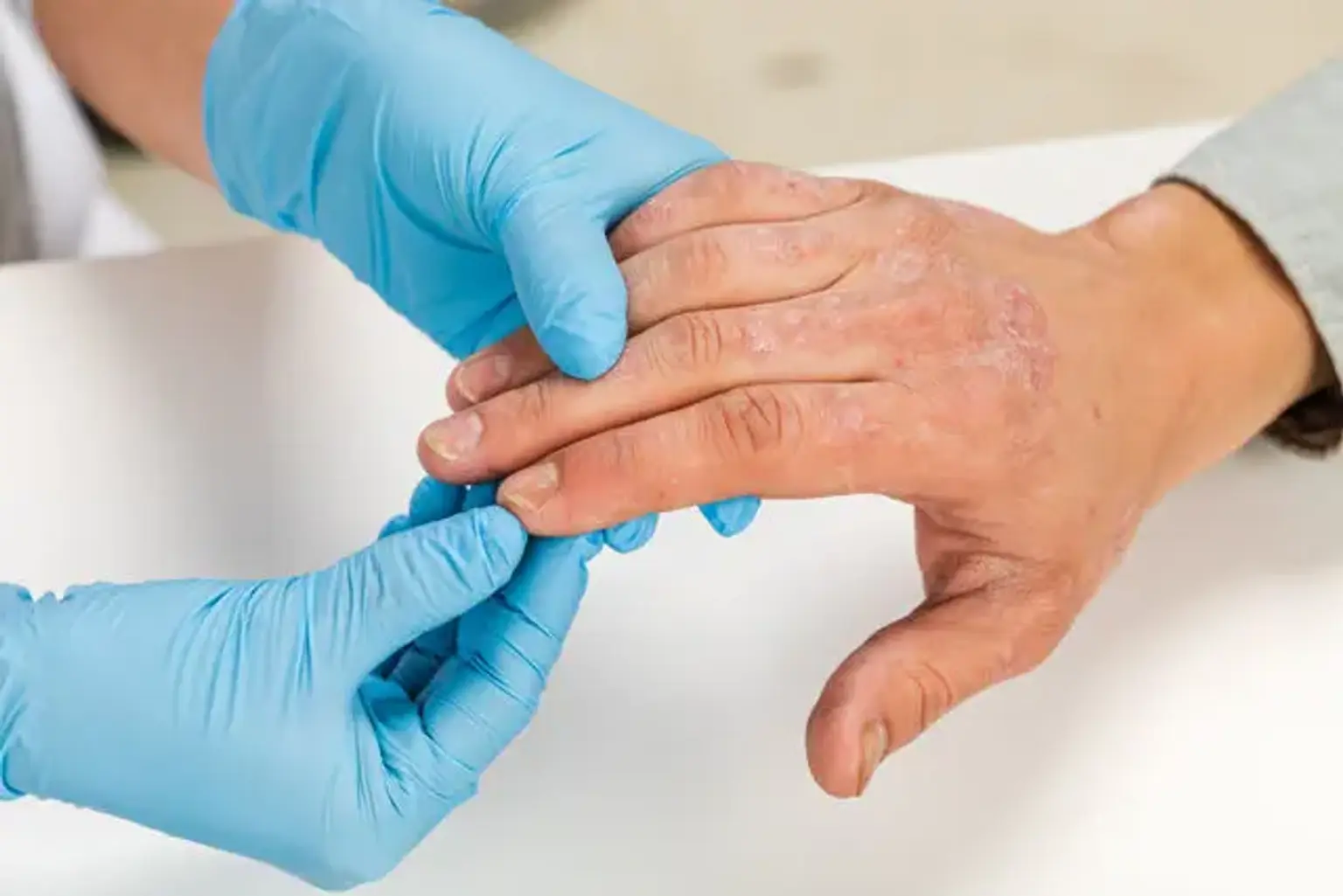What is the meaning of eczema? Eczema is a group of skin disorders normally associated with inflamed and itchy patches on the skin. It can also result in reddening of the skin in people with light skin tones and purple, brown, ashen, or grey skin in dark skin tones. This condition is more common among infants and young children but can also affect teenagers and adults.
Eczema is generally a chronic and long-lasting condition that often flares up occasionally. At times, it can be associated with hay fever and asthma. However, this condition may significantly improve over time. For some children, it can even clear entirely as they grow older.
Types of Eczema
Although eczema can be a chronic skin condition, it’s not contagious. This means that eczema cannot spread from one person to another.
